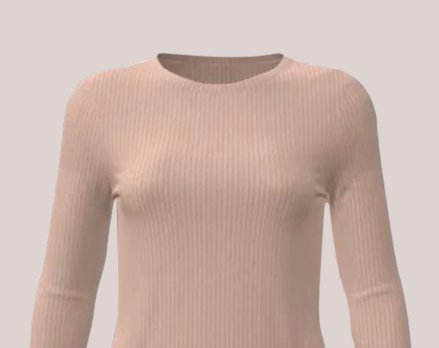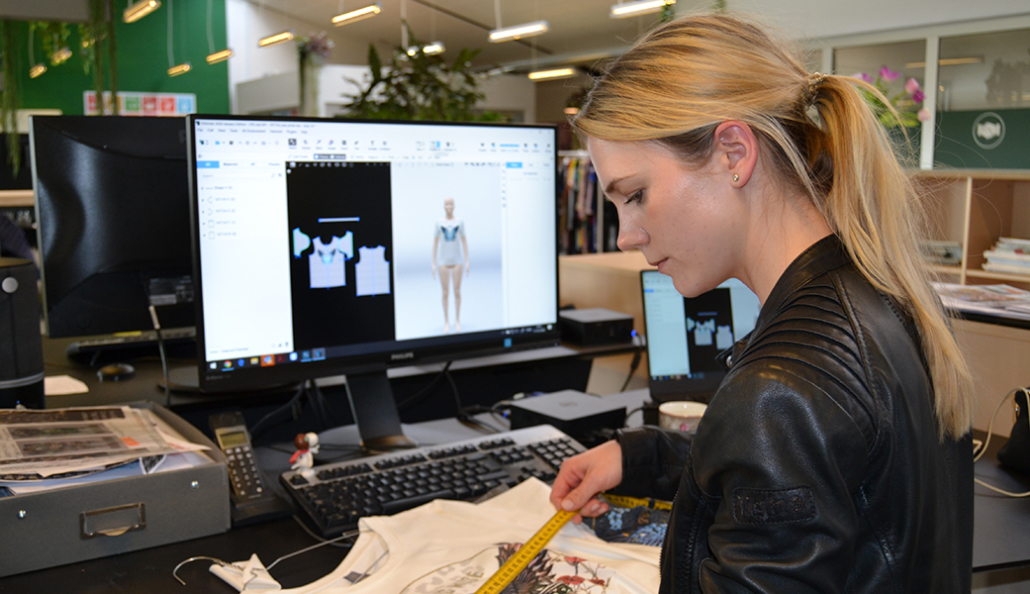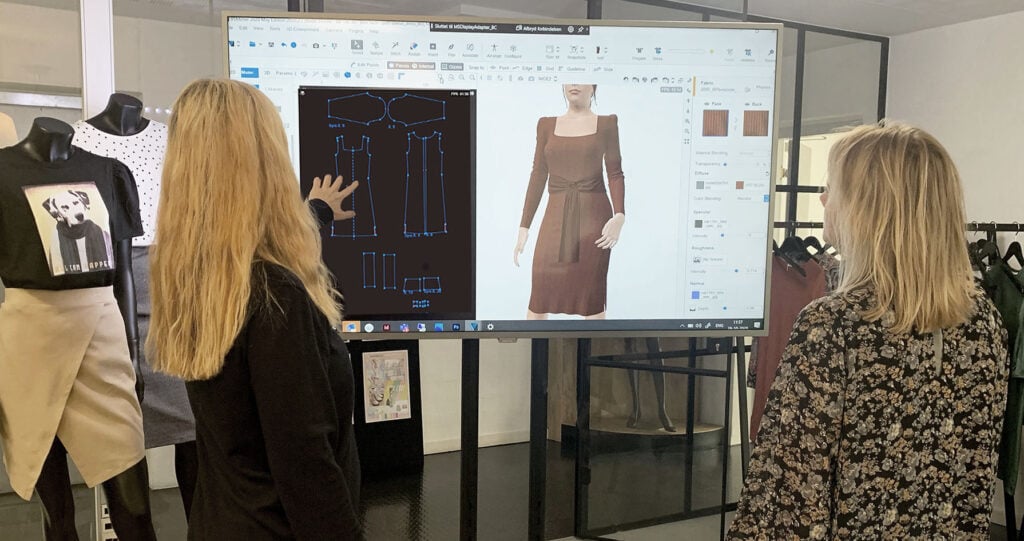From Samples to Simulation: How Top Form Transformed Product Development with Browzwear
Discover how Top Form reduced samples by 30% and cut development time by 25% using Browzwear’s 3D apparel design software. Learn how digital product...


Established in Denmark in 1968, United Textile Group (UTG) began as a small home-based company that grew into large scale apparel production, specializing in a wide variety of jersey styles for brands across Europe. Handling thousands of garments each month, UTG has made it its mission to reshape the textile industry by working towards a greener future with sustainability at the top of their list. To fulfill their goal and minimize resource waste, UTG offers sustainable solutions to all of its factories across the globe by implementing 3D technology into its value chain. The company sees technology as the future of the fashion industry as both a business and environmental imperative and is, therefore, full speed ahead on its digital transformation journey.
Before embarking on their 3D journey, UTG followed a traditional design workflow that saw long lead times. As the company specializes in providing the entire apparel cycle, from concept to manufacturing, all the way to delivering the garment to the store-front, an abundance of physical samples were needed. Each week, designs get sent to pattern makers before the physical samples are then showcased to clients. This process involves numerous sample iterations after the initial feedback is received. The designs are sent back and forth for customer reviews and pattern alterations, fabric demonstration, and sizing reviews, are all to be approved before being sent for manufacturing. The implications of these lengthy cycles led to long delivery times and much lower profit margins than UTG’s expectations. To create a more efficient and sustainable design cycle, the brand’s searched for a solution that would bring about significant change. They soon realized that a digital practice could be implemented to solve their challenges. The company reviewed several solutions before partnering with Browzwear in 2018 to make their vision a reality.
Much of UTG’s client base were long-term customers who were used to the traditional approval process that was made over physical samples. Naturally, they were not avid to change which didn’t make the transition an easy one to start. Although some clients were more welcome to the idea of going digital, initially some refused to cooperate. Once Browzwear’s 3D design software VStitcher had been implemented, UTG soon experienced faster lead times without compromising quality or accuracy.

After seeing these results more and more customers began to welcome 3D. The approved garments were identical to the physical, the products could be received much faster, and it was much easier to calculate costs. Clients that previously experienced review cycles of several weeks long, could now execute the process in a matter of hours. With innovative 3D design tools, UTG’s design team was able to virtually sew samples based on the customer’s requirements. These garments are then showcased on a virtual avatar, displaying each detail from the drapes to the way the garment would fall when worn physically. After their recent collaboration with Metail , UTG could take this a step further, enabling the 3D garments to be simulated on photographs of real people. This makes collection presentations to customers a more realistic and immersive experience. Once the virtual garment is ready, any adjustments to the fit or design of the piece can be made according to the client’s needs in a matter of minutes.
The implementation of 3D has also enabled designers to create and visualize the garments in different sizes, as well as give them the ability to adjust it without needing to pick up a needle or thread. UTG has managed to eliminate almost all their physical samples throughout their customer design review stage, and about 30% of the manufacturing validation samples. As all of the components of the garment can be put into place before production, pricing can be calculated in advance and discussed with customers as a way of boosting communication and customer satisfaction. Not only does 3D speed up time to market, it drastically cuts down both textile waste as well as travel costs and resources along the way, enabling UTG to cut back its environmental impact.

As the fashion industry recently plunged into a state of crisis with the impact of COVID-19, the need for flexibility and agility has proven to be more necessary now than ever before, as a means for survival. In such times, the majority of the workforce has been sent to work from home, without having any access to fabric, sewing machines, photo studios, and other crucial tools. Physical sampling throughout this period has been practically impossible, and many of UTG’s customers have now come to see the true value that 3D holds for the future of the fashion industry. Despite many brands’ hopes to cling on to what has previously been successful, these unexpected circumstances have forced both managers and employees to shift their mindsets and be more open to change which can be daunting. With 3D design tools, designers can continue to be productive at home and the process doesn’t have to be paused. Considering the unforeseen circumstances, some of UTG’s customers have greatly benefited from having adopted 3D previous to the virus outbreak, as they have been able to continue to execute their word remotely.
“The crisis means for some of our clients that they cannot check the physical tests because their offices are closed. Here we can offer to send the virtual samples instead, which works well in a time like this. At the same time, it may also be an eye-opener for customers who see that 3D design can give them a good and accurate picture of what the product looks or will look like”, says Brodie.
As technology continues to impact almost every aspect of our lives, it seems that the fashion industry is having to warm up to the idea that it too will greatly be influenced and benefited by innovation. When considering both risk mitigation as well as sustainability factors, digital solutions are proving to be the way forward. “We believe that it is only a matter of when people really get started.”

Drastic reduction of physical samples

Virtual collection presentations

Faster approval process & lead times

Flexible & adaptable in times of crisis
“Our record is three and a half hours. Three and a half hours from idea to customer saying ok to start production, where everything is approved. It often took up to a month when we had to produce samples and send them back and forth, but now we can skip many of those links”

Discover how Top Form reduced samples by 30% and cut development time by 25% using Browzwear’s 3D apparel design software. Learn how digital product...
Discover how Perry Ellis uses Browzwear’s 3D technology to enhance design efficiency, cut costs, and innovate with a smart-to-market approach.
Tendam leverages Browzwear's 3D tech to boost speed-to-market, enhance creativity, and reduce waste across its fashion brands.